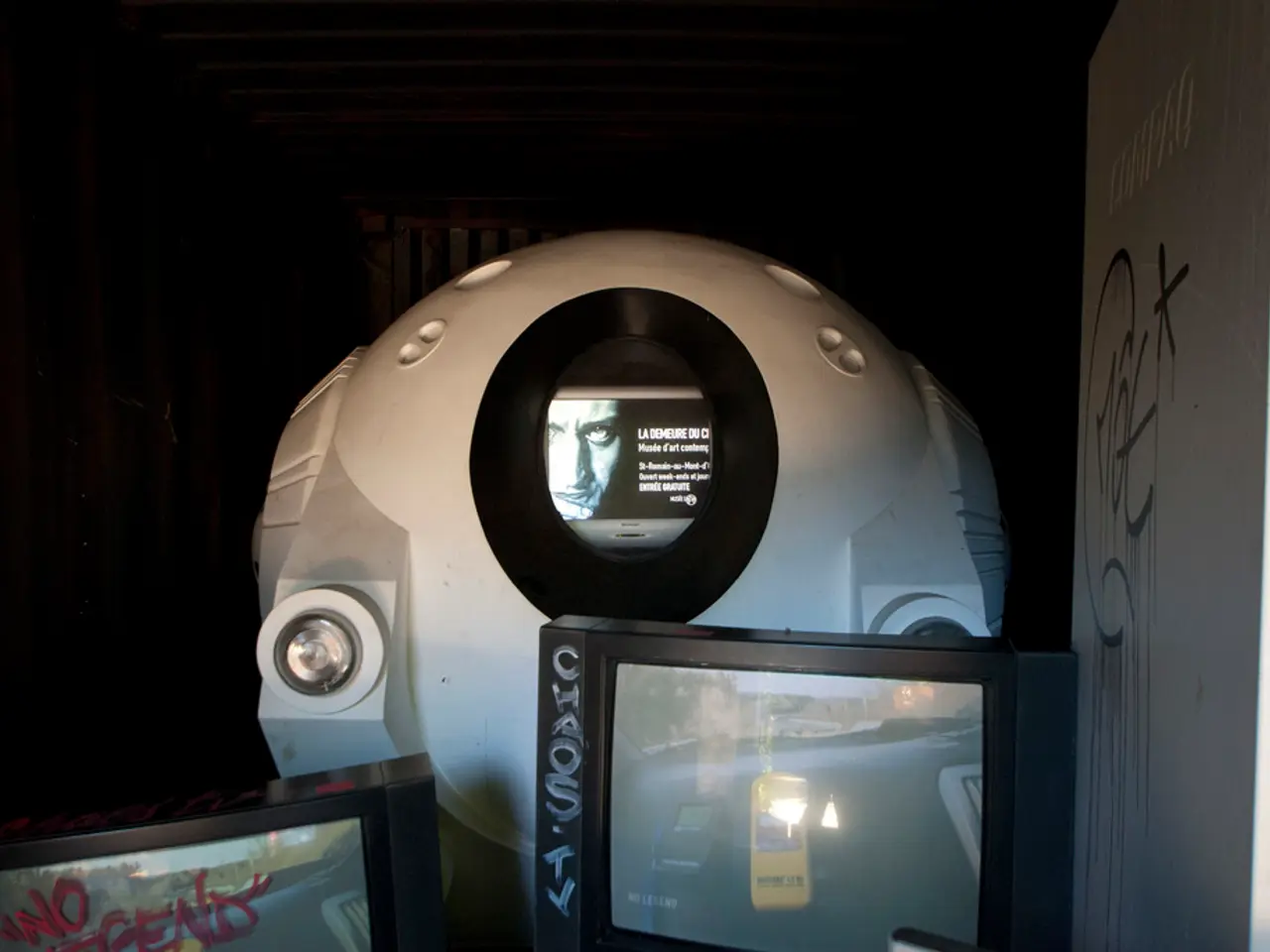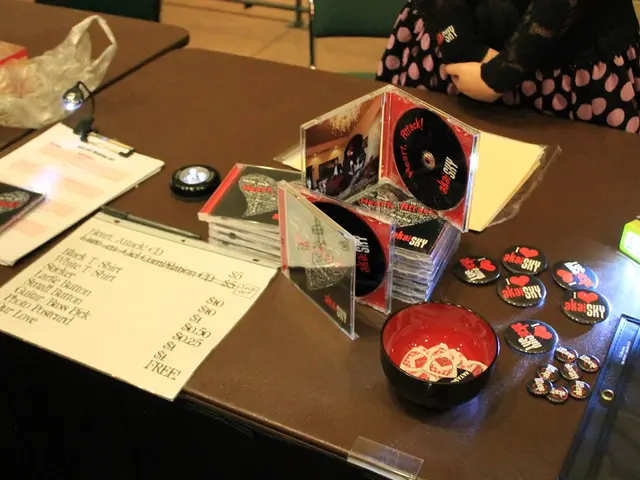Android-powered spatial computer from Play For Dream poses a challenge to Apple Vision Pro's dominance
In a groundbreaking move, Chinese extended reality (XR) device manufacturer, Play For Dream, has released the world's first Android-based spatial computer, the Play For Dream MR (PFD MR). The unveiling took place in Singapore on June 25, marking a significant step forward in the spatial computing industry.
The PFD MR boasts significant advancements in product definition, hardware specifications, software ecosystem, and spatial interaction. It features dual 8K micro-OLED screens, providing an immersive visual experience, and a self-developed resin "pancake optics" solution for improved portability. The device is powered by Qualcomm's second-generation Snapdragon XR2+ chip, ensuring smooth performance.
One of the standout features of the PFD MR is its AI capabilities. Generative AI is expected to offer more functionalities in MR, including 3D generative AI capabilities. AI has empowered many spatial computing modules, such as simultaneous localization and mapping (SLAM), gestures, and eye tracking, integrating deeply into each module. The PFD MR supports AI-powered search, music creation, text translation, voice wake-up, voice control, and personal assistant functions.
The PFD MR also features an AI-exclusive panoramic image completion function and plans to install support for 2D to 3D photo conversion and object recognition. It offers controller-based interaction, voice interaction, and support for hand-eye interaction. The device achieves IMAX-level cinema effects through its micro-OLED screen and DTS simulated 7.1 channel spatial sound effects.
The PFD MR primarily targets use cases related to spatial photography and cinematics as well as MR gaming. It is equipped with dual 32-megapixel ultra-high definition 3D cameras, supporting spatial video and VR180 formats with an ultra-wide recording field of view greater than 80 degrees.
Play For Dream has linked up with nearly 100 content providers and plans to expand these collaborations to overseas markets this year, starting with Singapore and Malaysia. The decision to enter the Singapore market was based on factors such as average monthly income and consumer habits, according to Play For Dream's leadership. The company has also announced its plans to establish its Asia Pacific headquarters in Singapore, with the first overseas markets being Singapore and Malaysia, followed by Thailand, Indonesia, Vietnam, and Japan.
As the first strategic partner of IMAX and DTS in the spatial computing and MR fields, Play For Dream is jointly exploring new spatial cinema standards. Zhang Teng, who leads technology development at Play For Dream, believes that spatial video represents the initial step in digitizing the real world. Numerous content applications based on spatial video have emerged both in China and internationally in recent years.
The PFD MR reduces color VST latency to just 14 milliseconds with 11 cameras, 7 types of sensors, and 22 infrared lights. This ensures a seamless and responsive user experience. With its innovative features and strong partnerships, the PFD MR is set to redefine the spatial computing industry.








